The Wooler Log Cabin School 1800-1870
The 1915 Wooler Schoolhouse is actually the third Wooler School on the site, the first being the Wooler Log Cabin School
The Wooler area was first surveyed in 1791, and a Log Cabin school was built by members of the community in 1800 on what was then Crown Land.
Facing south and located just to the west of the current Wooler School, this twenty-seven foot wide by thirty-seven-foot-long Log Cabin School boasted 6 windows to provide lighting for long benches and slanting desks against each wall. For almost 70 years, the Log Cabin School was also the location for public meetings, concerts, and many other community activities. (Leona Austin, Wooler 100 Years, p. 54.)
Reflecting the nature of early access to education in Ontario from 1800 to 1850, attendance at the Log Cabin School was initially only for the children of families who could afford to pay for the operation of the school and about $2.00 per quarter per student directly to the teacher.
The 1850 Common School Act put in place the foundations of a public education system in Ontario, allowing school taxes to be levied on the basis of property, with free admission for all children. As a result, Union School Section 16/18 (Murray) was formed in 1851, creating the first formal school boundaries for the Log Cabin School. As noted in the title, a ‘Union School’ brought together two districts to share a common school.
The Crown had granted Lot 19 to Mr. Joseph Wessels in June 1846, effectively locating the Log Cabin School on private land. This fact, plus the creation of the Union School Section 16/18, may explain why Joseph Wessels’ son, Phillip, ‘grants’ a portion of land within Lot 19 in 1869 to the Trustees of the Union School 16/18 for the construction of what would become known as Wooler’s Little Red School house. He donated a further ½ acre to the Wooler Public School in 1875. (Austin, p. 54)
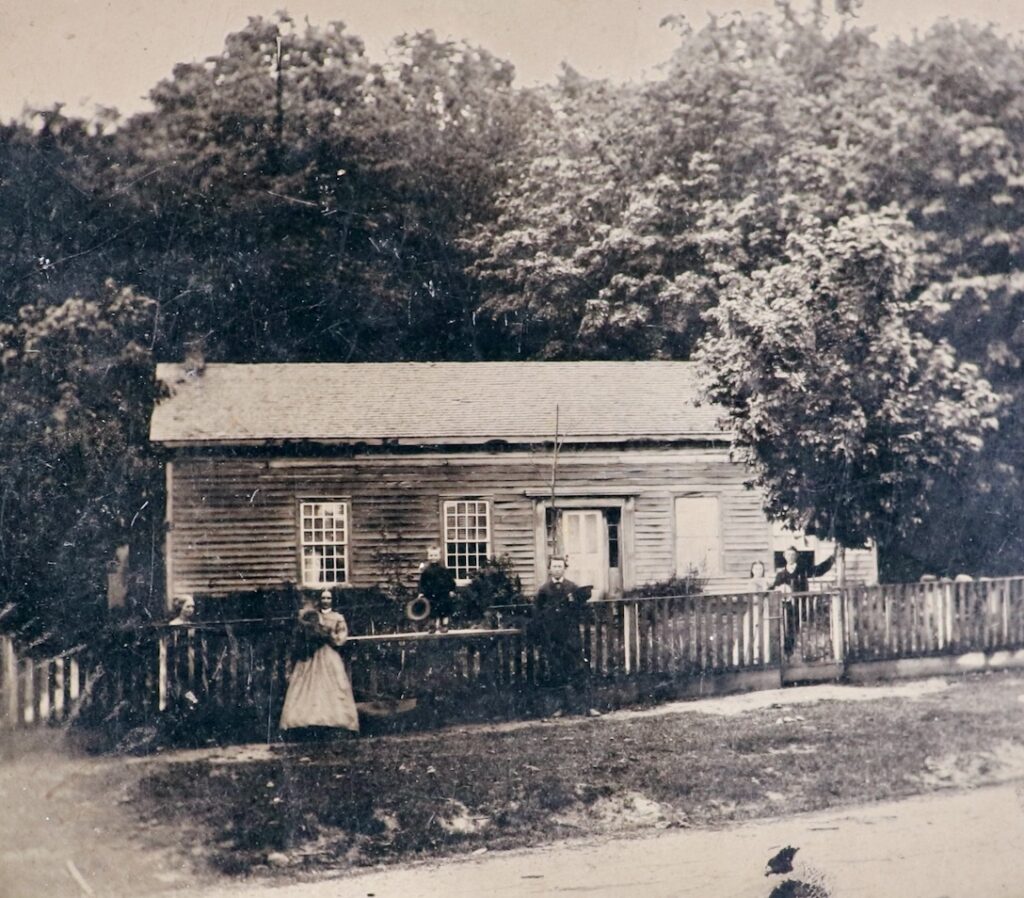
The Little Red School House 1870-1914
By the 1850-60’s Wooler’s growing population and increased demand for school access encouraged the community to consider building a new schoolhouse. What was then known as the Old Wooler School had been upgraded with siding and was receiving annual support from the Government of $42.21 with yearly expenses being $663.33 in 1869. (Austin p. 55).
In 1870, the log school was torn down and what would become known as the “little red schoolhouse” was built on the site of the present school. The new Wooler School was also nicknamed “Frog Pond College” because the land on which it was built was low and marshy. (Austin, p. 54.)
With more families accessing education after 1850, and with education compulsory for ages 8 -14 following the Common School Act of 1871, the construction of the Wooler Public School in 1870 was a critical development for the small but growing community.
With a simple utilitarian design and a front gable style roof, the new Wooler Public School was built facing south on the west end of Lot 19 on the location of the current Wooler School.
About thirty-six feet long and 24 feet wide, the new building became known as the Little Red School House, because of its dark red exterior contrasted with its white trim and its 12 white-trimmed sash-style 6 on 6 windows.
As suggested by the title, a ‘Union School’ brought together two districts to share resources. For Wooler, and for rural school districts more generally, transporting students in large school districts would become a significant challenge as more students accessed education in the 1920’s and 30’s.
Read “The Joy of School” From the Autobiography of Leona Austin
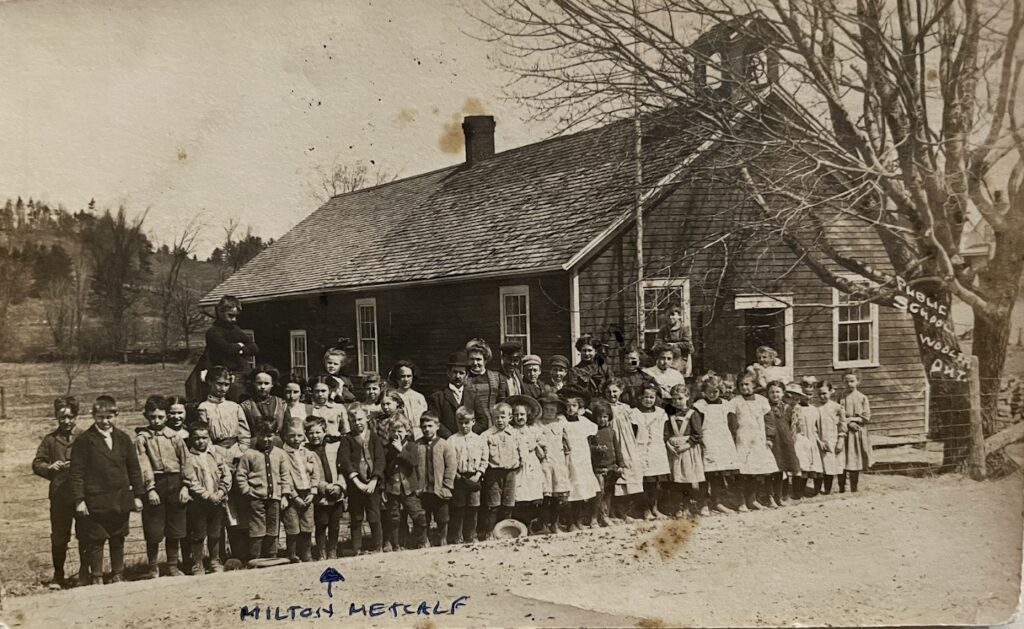
The Wooler Union/ Public School 1915-1966
Across Ontario, many new schools were built in the early 1900’s to accommodate a growing demand for primary education, as well as for continuation of schooling into grades 9-12.
A growing tax base also enabled communities to consider building larger schools. In Wooler, a new and much larger two-story school was built on the site of the Little Red Schoolhouse in 1915. The Trustees at the time were C. McColl, C.G. Ruttan, and D.S.Austin. (Austin, p. 56)
This new Wooler Public School initially featured two large partially exposed basement areas and two large first floor classroom areas separated by a common entrance area. By 1928 a third story with two large classroom areas was added to provide space for Wooler Continuation School (grades 9-12). (Austin, p. 56)
Electrical systems were installed in 1930-31, and a music teacher was hired in 1931. To help accommodate the larger school population, Mr. Elgin Wessels granted additional land to the School Board in 1931 to bring the total to about 2 acres. A piano was purchased in 1940 and a radio installed in 1947. Modern black boards with lights were installed in 1950 (Austin, p. 56.)
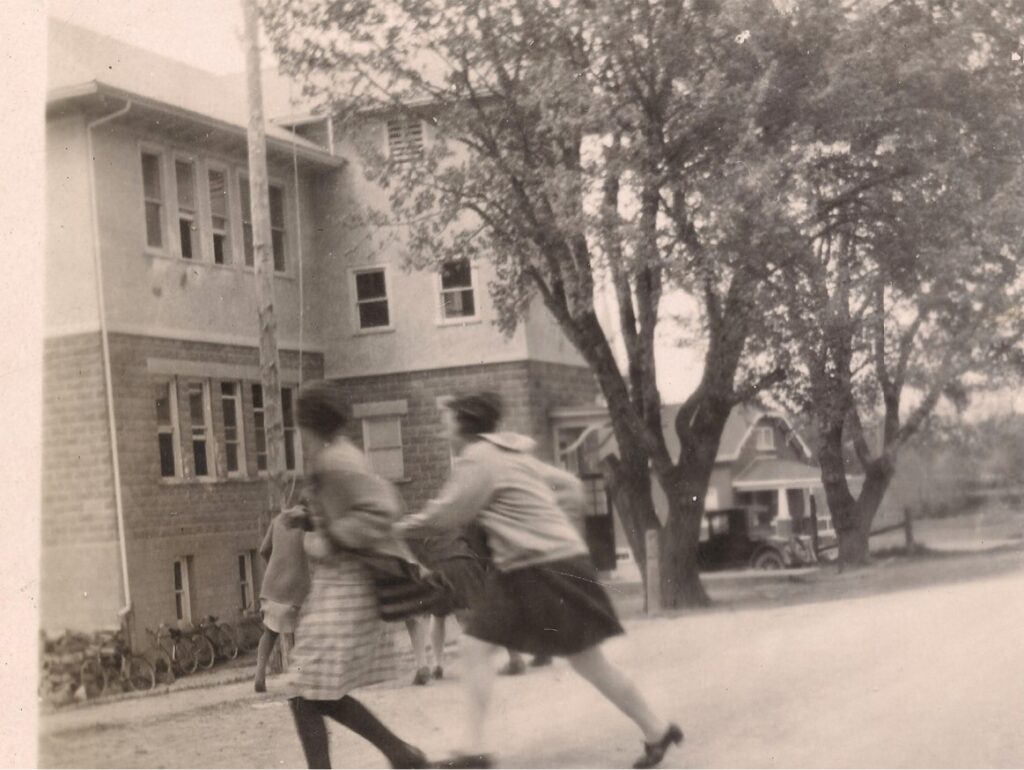
Access to elementary education continued to expand following the Ontario Public School’s Act of 1937. Some local schools in the area were closed with students being transferred to the Wooler Public School. This resulted in a student population of about 30 to 40 students. After 50 years providing primary education, the School was closed in 1966 and its students were sent to Stockdale Public School.
The closure of the Wooler School in 1966 reflected the broader trend in school and school board consolidation across Ontario. Before the 1960s there were over 3,000 school boards in Ontario. This was reduced to about 170 in the late 1960. The Wooler School was also unable to offer some of the amenities of more modern schools. For example, the new Stockdale Public School built in the 1960’s boasted a gym, auditorium, library, and teachers room.
For a glimpse into what it was like to be a student of Wooler Public School in the 1950’s, read Dianne Brearley’s wonderful reminiscence on her time at Wooler Public School.
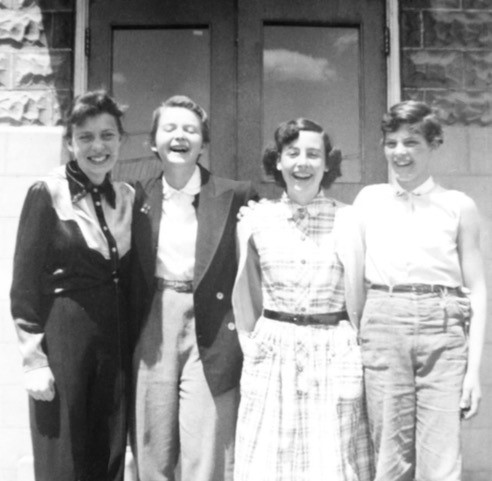
Doris Bentley, Dianne Anderson, Ann Morrow, Lois Pridham
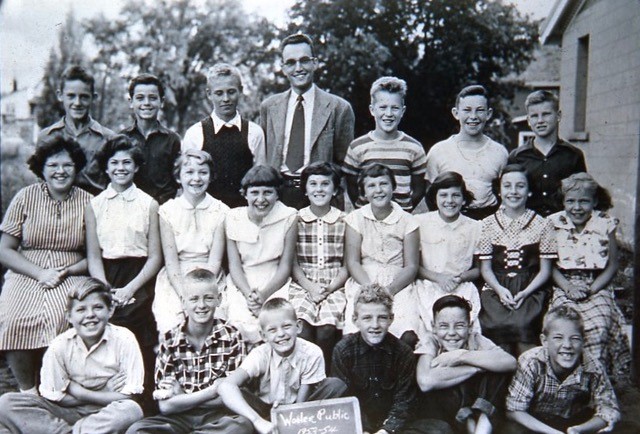
Back: Unknown, Ronnie Branscombe, Richard Stacey, Mr. Tompkins, Jackie Arthur, John Morrow, Gary Redcliffe. Middle: Grace Pouli, Anne Redcliffe, Dianne Anderson, Doris Bentley, Judy Redcliffe, Marilyn Connelly, Lois Pridham, Ann Morrow, Gloria Twyman. Front: John Pouli, Billy Connelly, Maurice Coulthard, Harry Weese, Norman Mallory, Melvin Twyman
Wooler Continuation School 1928-1954
Across Ontario, after WWI, expectations for access to secondary education increased. The opening of Wooler Continuation School in 1928 created space for about 20-30 grade 9-12 students on any given year. (Austin 1976, p.163-64) However, it was challenging to provide the same access to quality secondary education for rural areas as was being provided in urban areas.
Simply getting to Continuation Schools in rural areas was often very difficult and this was true of the Wooler area with the School being located in Valley within the Murray Hills. Roads were rough, and school buses introduced in the 1920’3 and 30’s were fairly primitive, and providing such services quite costly.
In Wooler, controversy around payment for transportation to Wooler Continuation School in 1937 led to a Case in Canada’s Supreme Court that illustrates the challenges of Wooler and area rural residents in gaining access to High School education following the High School Education Act of 1937. See United Counties of Northumberland and Durham v. Board of Public School Trustees, Union School Section 16/18.
Having a larger school with grades 1-12 in Wooler did enable some economies of scale to support the purchase of features such as a piano in 1940, a radio in 1947, and modern blackboards with lights in 1950. However, by way of comparison, the new East Northumberland Secondary School (E.N.S.S.) in Brighton, completed in 1954, provided massive gyms, an Auditorium, outdoor sports facilities, and a diverse range of programs, including industrial skill classes with real industrial equipment.
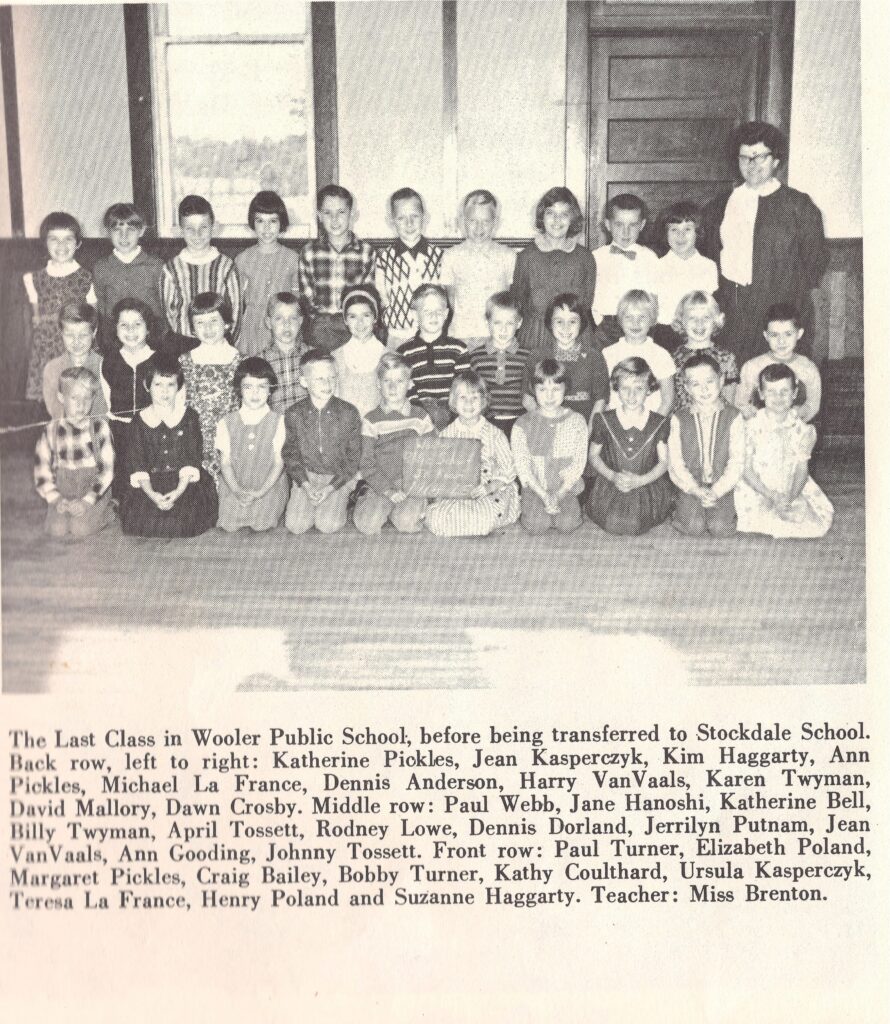
Wooler 100 Years, 1975
Upon the closure of the Wooler Continuation School in 1954, its about 30 students transferred to a student population at E.N.S.S. of about a 1,000 students. In 1968, the School Board transferred the property to Scouting for $1.00. You can see the deed, which provides for the property to be held for First Wooler Scout Group here.
